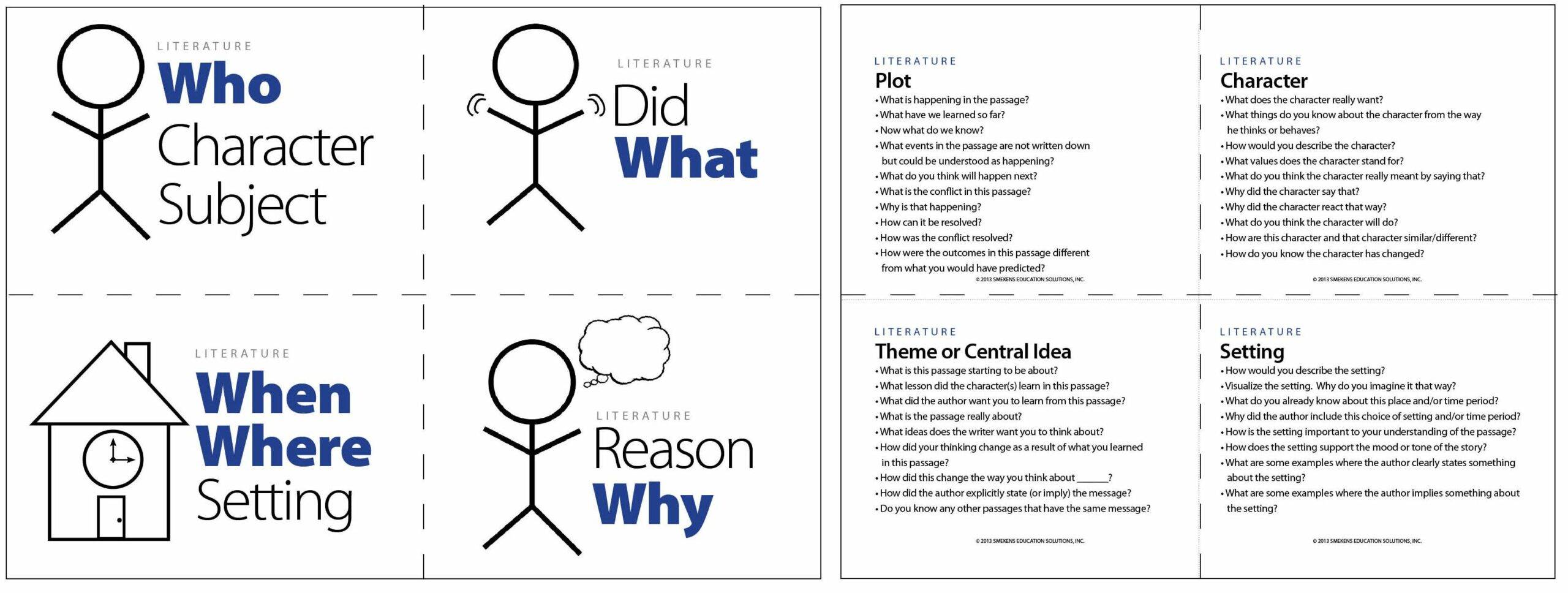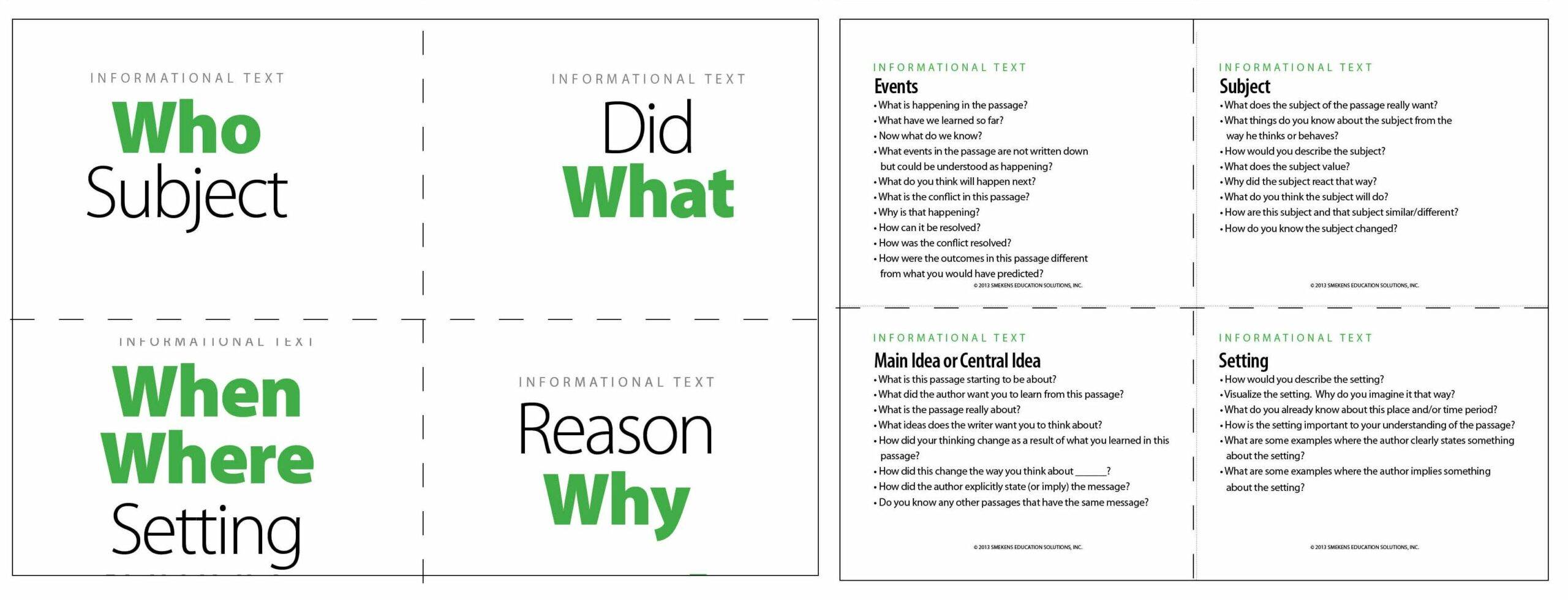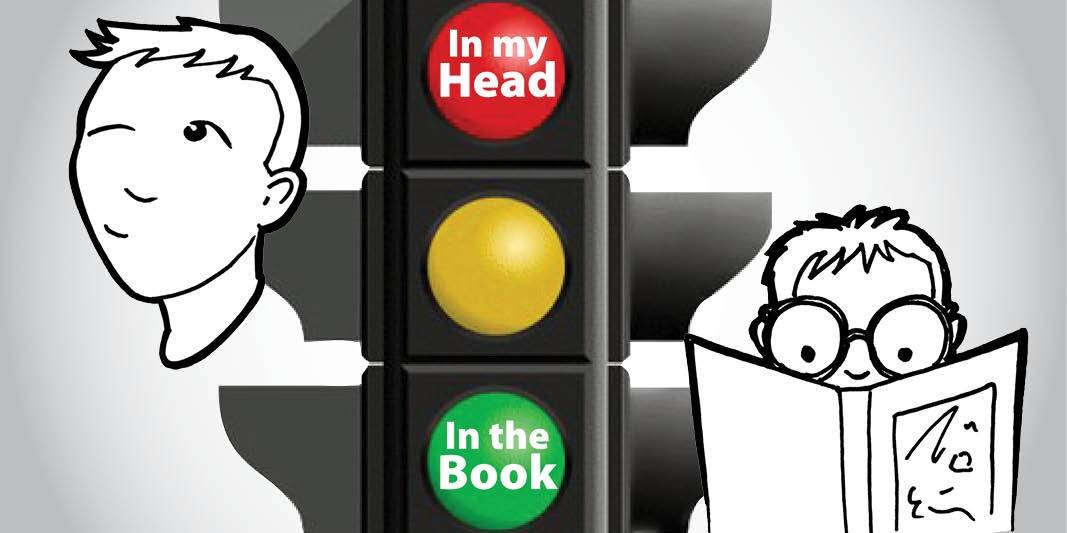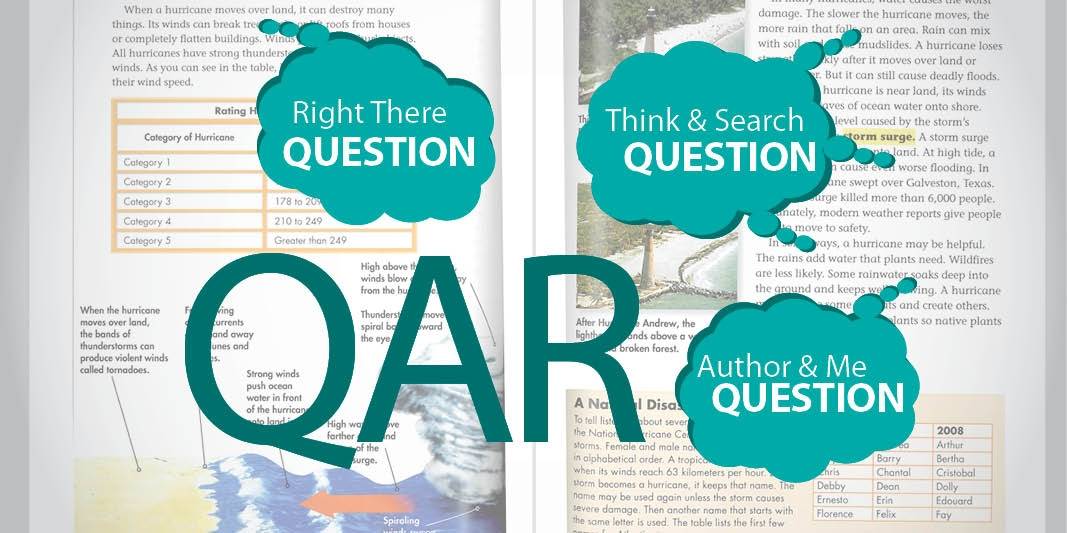Learning Center
reading
Think beyond the text with Fat Questions
february 19, 2018
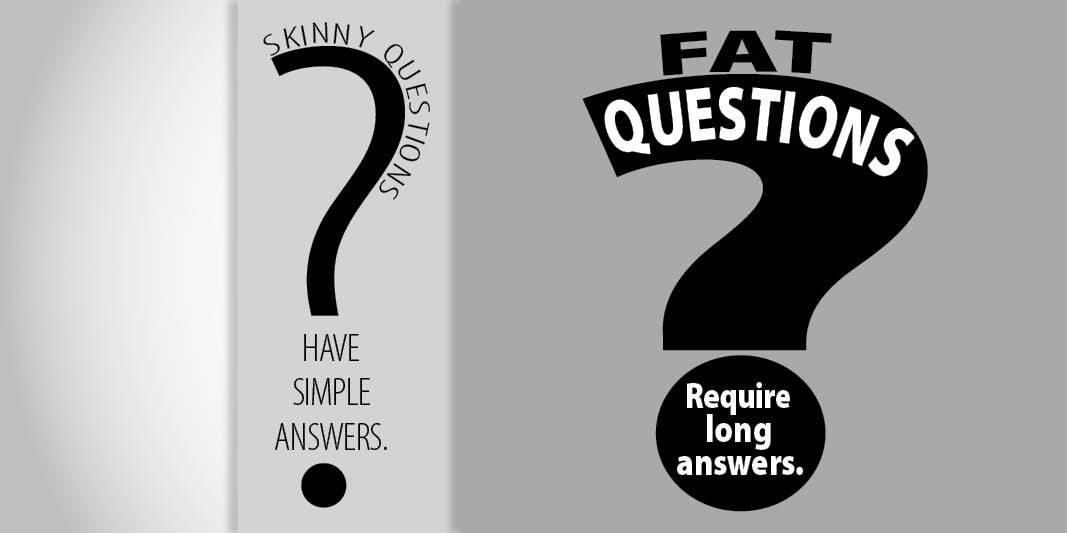
If students aren’t wondering about the text and curious about its ideas, they can quickly become indifferent to its information, allowing the Distracting Voice to sneak in. Knowing the potential for such disengagement, introduce the two types of questions that readers ask of themselves while moving through a text.
Skinny (Thin) Questions occur when checking for surface understanding or clarifying basic details of the text’s ideas.
- These are literal questions that require little effort from the reader. (In terms of QAR, these are Right There and Think & Search questions.)
- They often start with one of these question stems:
| Who is… Who did… Name… Do you agree… |
What is… What did… Will… |
When is… When did… Does… Is it true… |
Where is… Where did… Can… |
However, skinny (thin) questions produce only skinny (thin) answers.
- These answers can be found in the text.
- There is a right/correct answer to these questions that all students agree on.
- These factual answers can be summed up in a couple words.
Although skinny questions are a starting point for reader-questioning, students need to think beyond the surface details of the text. Fat (Thick) Questions occur when the reader collects details from the author and then begins to wonder why, how, and what if.
- These are inferential questions; they require students to think. (In terms of QAR, these are Author & Me questions.)
- They often start with one of these question stems:
| Which would… What would… How would… Why would… |
Which will… What will… How will… Why will… |
Which might… What might… How might… Why might.. |
What if… How come… Explain why… |
How has… Why do you think.. |
Fat (Thick) questions produce fat (thick) answers.
- The answers are about the text, but cannot be found in the text.
- The answers are varied. There are multiple possible answers that encourage further discussion and debate.
- These answers require a longer response with many words/sentences in order to explain the reader’s thinking and justify it with textual evidence.
Once students know the difference between question types, then be sure that the bulk of the in-class text-based conversations center around fat questions. Using the downloadable Question Cards for Literature and Informational Text, model for students the type of questions their Thinking Voices should be asking.
Then, provide students copies of these same fat (thick) question cards to pause and ask of themselves while reading. What are they wondering about? What nagging questions do they have about this text, idea, or character? What was their Thinking Voice pondering while they were reading?

